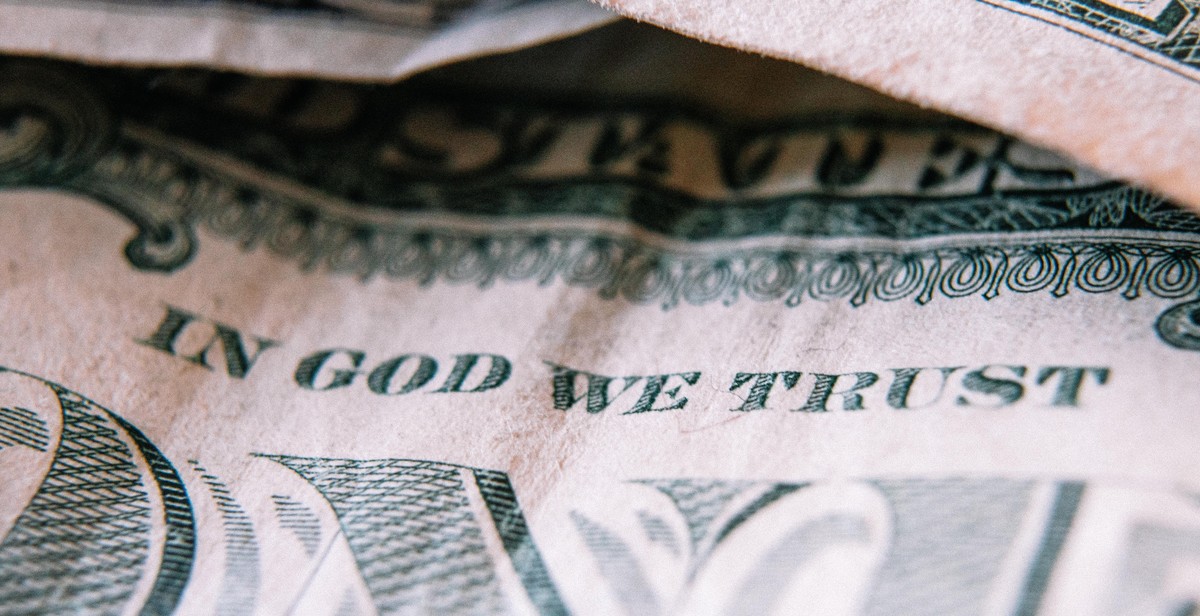Introduction: How to Create and Stick to a Debt Repayment Plan
Debt can be a significant source of stress and anxiety for many individuals and families. Whether it’s credit card debt, student loans, or medical bills, being in debt can feel overwhelming and never-ending. However, creating a debt repayment plan can help you take control of your finances and work towards becoming debt-free.
Why a Debt Repayment Plan is Important
Without a debt repayment plan, it can be challenging to make progress towards paying off your debts. You may feel like you’re making little to no progress, or you may not know where to start. A debt repayment plan can help you:
- Get organized: A plan can help you keep track of your debts, interest rates, and payment due dates.
- Set goals: You can set achievable goals for paying off your debts, which can help you stay motivated.
- Create a budget: A debt repayment plan can help you create a budget that prioritizes paying off your debts while still allowing you to cover your essential expenses.
- Save money: By paying off your debts faster, you can save money on interest charges and fees.
In this article, we’ll discuss how to create a debt repayment plan that works for your unique situation and how to stick to it. We’ll cover strategies for paying off debt, ways to stay motivated, and how to handle setbacks along the way.

Assessing Your Debt
Before you can create a debt repayment plan, you need to assess your current debt situation. This involves gathering all your debts, listing them out, and calculating your total debt. Here’s how to do it:
Gather All Your Debts
The first step is to gather all your debts. This includes credit card balances, personal loans, student loans, car loans, and any other debts you may have. Make sure to include the current balance of each debt and the interest rate.
You can find this information on your most recent statements or by logging into your online accounts. If you’re having trouble finding the information, reach out to your lenders or creditors for assistance.
List Out Your Debts
Once you have all your debts gathered, list them out. You can do this on a piece of paper, a spreadsheet, or using a debt management tool. Make sure to include the following information for each debt:
- The creditor or lender name
- The current balance
- The interest rate
- The minimum monthly payment
Listing out your debts will give you a clear picture of what you owe and to whom. It will also help you prioritize your debts when creating your repayment plan.
Calculate Your Total Debt
Once you have all your debts listed out, it’s time to calculate your total debt. Add up the current balance of each debt to get your total debt amount.
| Creditor/Lender | Current Balance | Interest Rate | Minimum Monthly Payment |
|---|---|---|---|
| Credit Card A | $5,000 | 18% | $100 |
| Credit Card B | $2,500 | 15% | $75 |
| Personal Loan | $10,000 | 10% | $250 |
| Student Loan | $15,000 | 6% | $150 |
| Car Loan | $20,000 | 5% | $400 |
| Total Debt | $52,500 |
In the example above, the total debt is $52,500. Knowing your total debt amount will help you set realistic goals and track your progress as you work towards becoming debt-free.
Assessing your debt is an important first step towards creating a debt repayment plan. It will give you a clear understanding of your current debt situation and help you make informed decisions about how to move forward.

Creating a Debt Repayment Plan
Debt can be overwhelming, but it doesn’t have to be a lifelong burden. With a solid debt repayment plan, you can take control of your finances and work towards becoming debt-free. Here are five steps to help you create and stick to a debt repayment plan:
Choose a Repayment Strategy
There are several debt repayment strategies to choose from, such as the debt snowball method or the debt avalanche method. The debt snowball method involves paying off your smallest debts first, while the debt avalanche method involves paying off your debts with the highest interest rates first. Choose a strategy that works best for your financial situation and goals.
Prioritize Your Debts
Once you have a repayment strategy in place, prioritize your debts. Make a list of all your debts, including the outstanding balance and interest rate. Focus on paying off high-interest debts first, as they will cost you more money in the long run. However, it’s important to make at least the minimum payments on all your debts to avoid penalties and fees.
Set a Realistic Timeline
Creating a debt repayment plan is not a quick fix. It takes time and dedication to pay off debts. Set a realistic timeline for paying off your debts based on your income and expenses. Consider making extra payments or increasing your income to speed up the process.
Budget Your Finances
Budgeting is a crucial part of creating a debt repayment plan. Take a close look at your income and expenses to determine where you can cut back. Consider reducing your discretionary spending, such as eating out or shopping, and redirecting those funds towards your debt payments. Use a budgeting tool or app to help you stay on track.
Stick to Your Plan
The most important part of creating a debt repayment plan is sticking to it. Avoid taking on new debt and stay committed to making your debt payments on time. Celebrate small victories along the way, such as paying off a credit card or loan. Remember, becoming debt-free is a marathon, not a sprint.
| Debt | Outstanding Balance | Interest Rate | Minimum Payment | Extra Payment | Total Payment | Projected Payoff Date |
|---|---|---|---|---|---|---|
| Credit Card 1 | $5,000 | 18% | $100 | $200 | $300 | December 2022 |
| Credit Card 2 | $3,000 | 20% | $75 | $150 | $225 | June 2022 |
| Student Loan | $20,000 | 6% | $200 | $0 | $200 | January 2028 |

Staying Motivated
Creating and sticking to a debt repayment plan can be a challenging process, but it is essential to stay motivated to achieve your goals. Here are some tips to help you stay motivated:
Celebrate Small Wins
It’s important to celebrate your progress along the way. When you reach a milestone or pay off a smaller debt, take a moment to celebrate. This will help keep you motivated and give you a sense of accomplishment.
Track Your Progress
Keeping track of your progress is crucial to staying motivated. Use a spreadsheet or a debt tracker app to monitor your progress. Seeing the numbers decrease and debts being paid off will help you stay focused on your goals.
Stay Focused on Your Goals
It’s easy to get distracted or discouraged along the way, but it’s essential to stay focused on your goals. Remind yourself why you started this journey, and keep your eye on the prize. Visualize your debt-free life and stay motivated to achieve it.
By celebrating small wins, tracking your progress, and staying focused on your goals, you’ll stay motivated throughout your debt repayment journey.
